Background: I'm often building audio op-amp circuits for various purposes, and for small projects usually prefer single "wall adapter" supply. So for a ground reference I'll either use a simple resistor pair with a capacitor, or better, a spare OP amp configured as a virtual ground, to make my 1/2V point point. But then there's the external ground referencing issue. Since there is only one supply, all ins and outs need blocking capacitors. If I use the "stronger" op-amp developed virtual ground, I can let that ground be the reference for all I/O, thus eliminating lots of capacitors. The downside there is that since ground is really 1/2V, doing this means I can forget about sharing the power supply with any other connected devices. But recently I've been toying with the idea of using a charge pump to create a V- supply, using a separate op amp package. Typically like this...
This would then allow me to use one side of the single supply (negative in this case) as my reference ground again. And so in larger circuit where there are a LOT of ins and outs (perhaps an audio mixer), it would seem using a stand alone charge pump for my negative supply should eliminate the need for a great many capacitors on all the I/O points, and I'd still be able to share the power supply with other small circuits (provided they use a negative ground scheme).
So my question is, is there any major downside I'm missing here? It would seem that as long s the circuits don't need to drive significant loads (that would pull at the V- supply), there might be a lot of advantages to this method. I know there is some issue because with the diode based charge pump, -V won't exactly equal +V. But there are ICs like the CMOS based TI LMC7660 which will do the charge pump function for me with a more accurate -V output and a lot fewer parts. Opinions?

